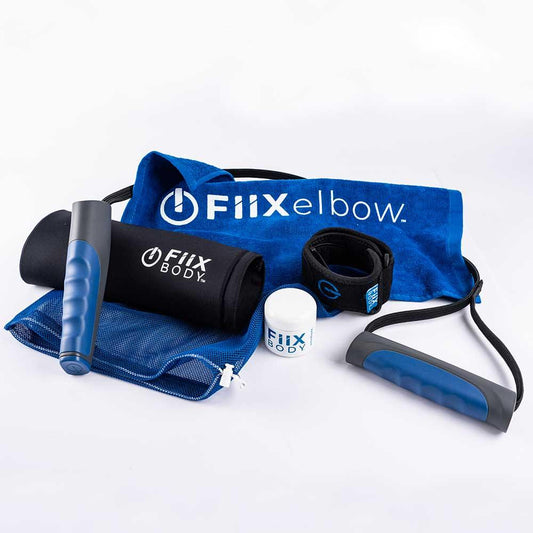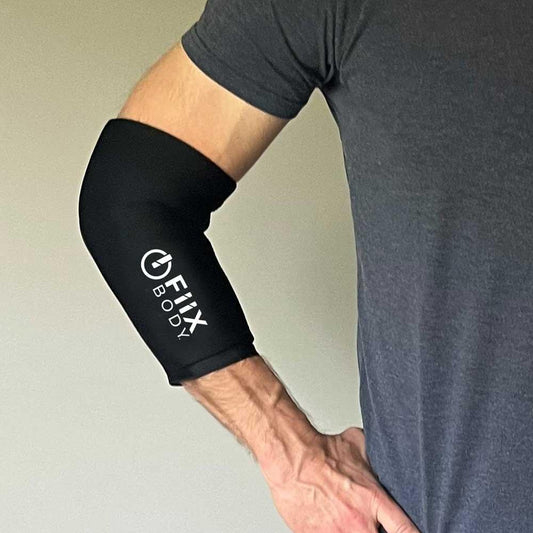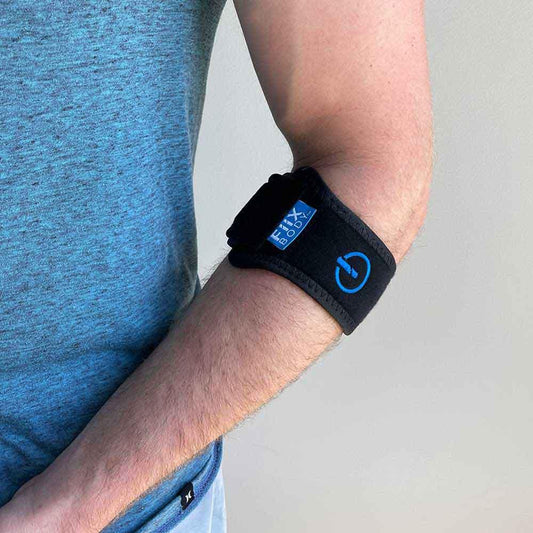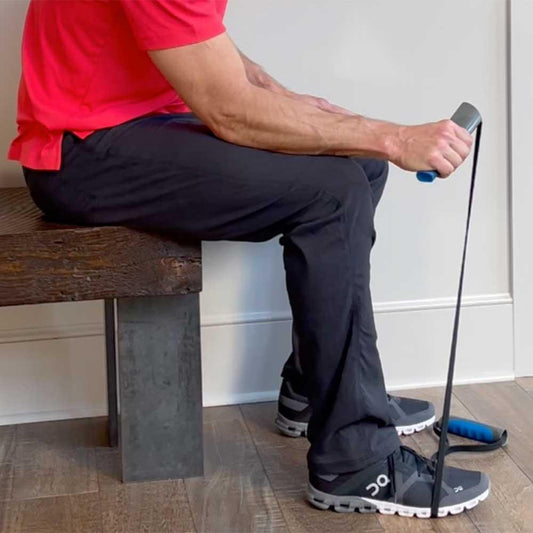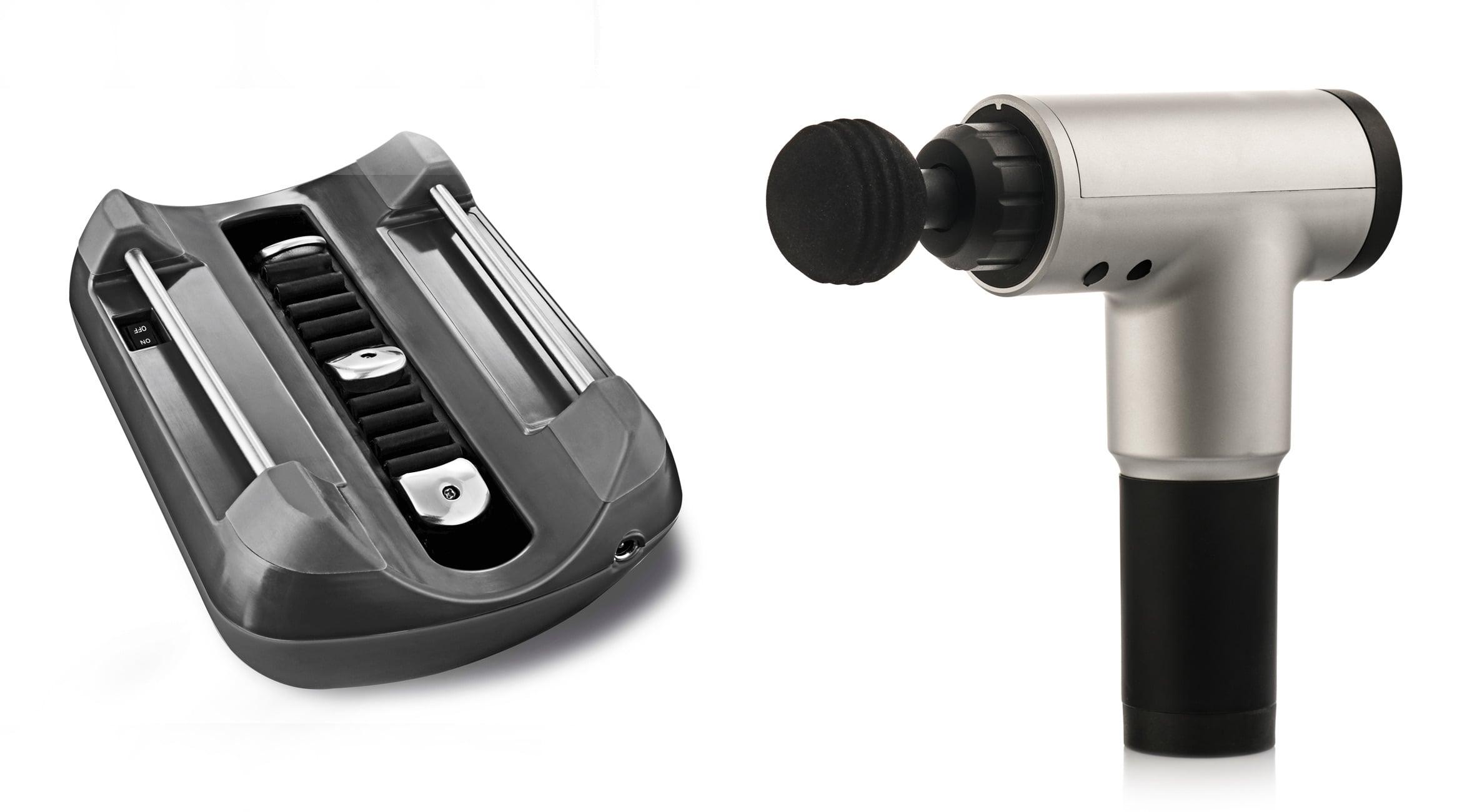Anyone who performs repetitive movement with their arms can be at risk for tennis elbow. That means you don’t have to play tennis – or any racquet sport – to suffer from this common injury. Tennis elbow happens to weight lifters, computer users, gamers, musicians, gardeners, chefs, handymen, construction workers and more.
Overuse of the arm and forearm can result in tiny tears in the forearm tendon that cause aggravation, pain and gradual degeneration. Pain may be mild at the start and worsen over time, eventually occurring during simple activities such as carrying a coffee cup or briefcase, brushing your teeth or shaking hands.
Many treatment options for tennis elbow are available, and often can be combined for even better results. These include physical therapy, acupuncture, TENS, cryotherapy, injections and others. The new Fiix Elbow device from Stā Active automates a clinically proven physical therapy technique called instrument-assisted soft tissue mobilization (IASTM) for home use.
Tennis elbow sufferers simply strap on the Fiix Elbow for 10 minutes per day, three times per week, for eight weeks, in addition to performing specific strength and stretching exercises. While this treatment is supremely convenient and has been shown to be highly effective, if you’re evaluating other options as well, you may also consider – does dry needling work for tennis elbow?
What is Dry Needling?
Although dry needling uses the same type of needles as acupuncture, they are different. Acupuncture is based upon traditional Chinese medicine that uses needles into meridian pathways to direct energy. Dry needling is based on Western medicine; needles are inserted into myofascial trigger points to reduce pressure.This prescription-free and drug-free therapy can be used to treat many acute and chronic conditions, including overuse injuries like tennis elbow, headaches and neck and back pain. It is not recommended for people with lymphedema, unmanaged blood clotting or immune system disorders or women in their first trimester of pregnancy. Also, according to the American Physical Therapy Association, it shouldn’t be used on children younger than age 12.
Effects of Dry Needling
Myofascial trigger points form due to lack of mobility at a joint, muscular weakness, repetitive stress or improper movement patterns. They are tight, sensitive nodules or knot along muscles or connective tissue that are painful when compressed.The effects of inserting dry needles into trigger points include:
- Creates a reflexive muscular contraction, or local twitch response
- Improves flexibility and mobility
- Stimulates blood flow to the area, thereby promoting healing
- Signals the brain to release endorphins for pain relief
Limited studies have shown that dry needling is a safe and effective method to help treat tennis elbow, although more research is needed. Most patients feel relief within 24 hours, but may be prescribed 3-6 sessions to achieve a lasting effect. Be sure to check that your healthcare provider – such as a physical therapist or chiropractor – is trained and certified in dry needling according to your state’s regulations.
Finally, note that dry needling alone likely will not completely address or cure tennis elbow, which ultimately requires healing of the injured tendon. But it can offer a complimentary approach as part of a comprehensive treatment plan.

